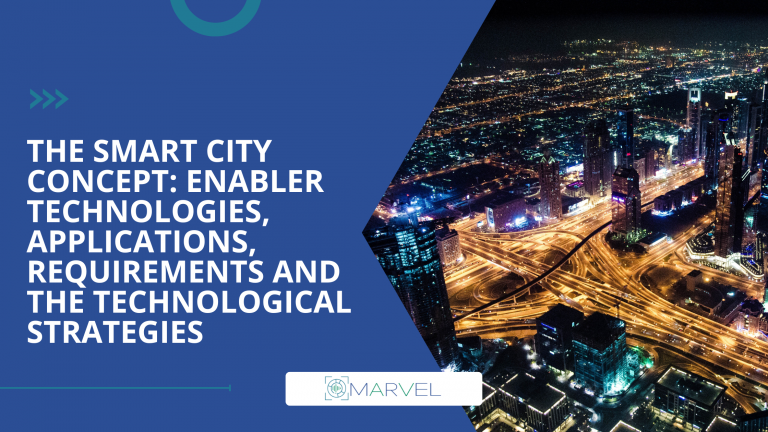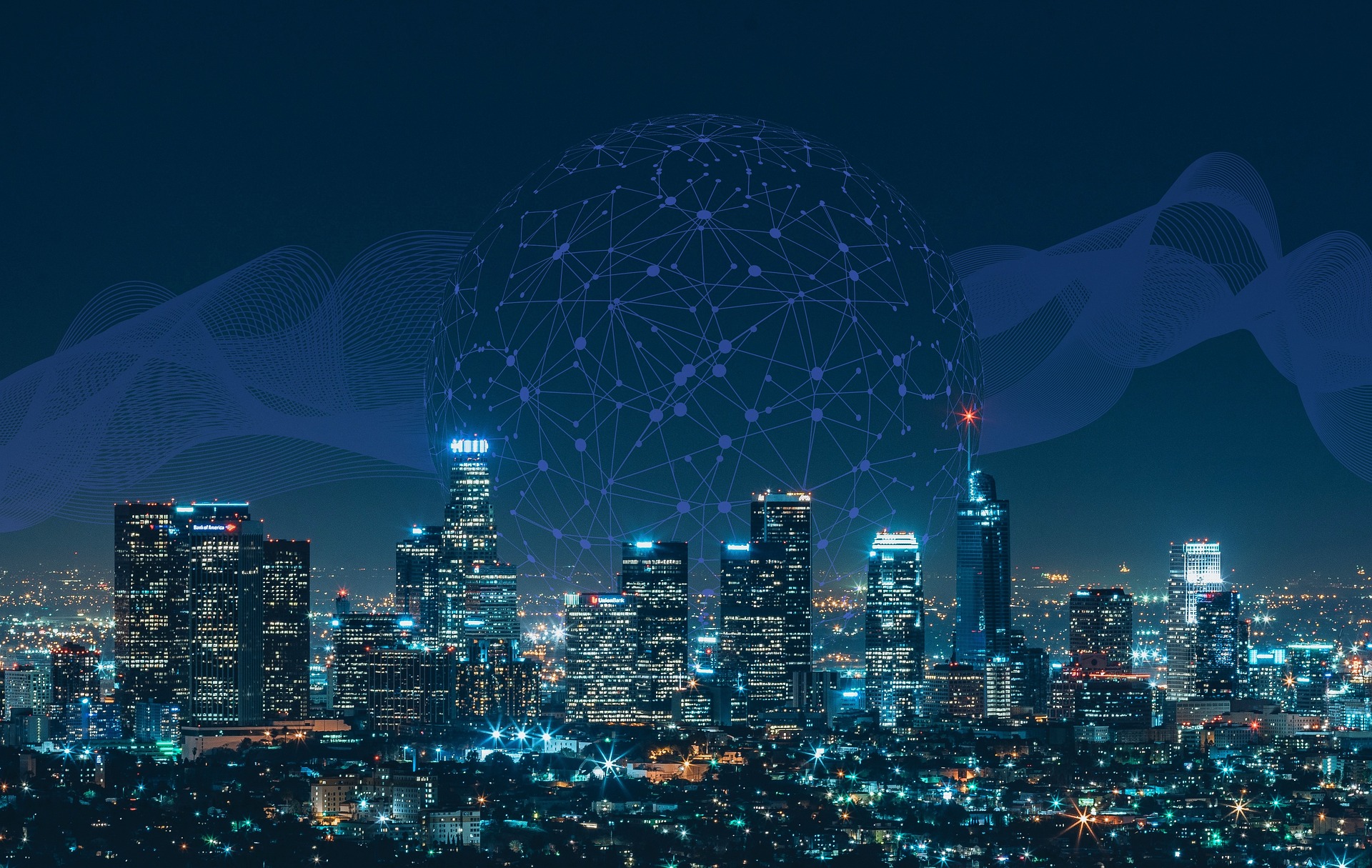The Smart City Concept: Enabler Technologies, Applications, Requirements, and the Technological Strategies
Cities experience enormous challenges. As the world’s population continues to migrate to cities, cities urgently need to adopt the use of digital technologies in order to enrich residents’ lives, improve infrastructure, modernize government services, enhance accessibility, drive sustainability, and accelerate economic development.
Infrastructure is what keeps a city running smoothly. Consequently, smart cities need digital service infrastructure to improve the quality of living. Thus, with the adoption of digital services and modern conveniences, it’s more important than ever for cities to deliver flexible, resilient, and secure infrastructure. The most common solutions that innovative smart cities embrace are cloud computing, artificial intelligence (AI), IoT, Blockchain technology, Edge, and Augmented Reality (AR)[1].
Generally, by embracing the aforementioned solutions, public authorities can genuinely improve the way urban areas function as well as enable the vision of the regular city to be smart. The combination of these solutions could have a big impact on the ways we live and work in the coming years and provide valuable applications such as smart parking spots, automated order fulfillment, water conservation technology, self-driving cars, alternative transportation, smart traffic system management, environmental management, Internet mesh Nets, 5G, proptech, adaptable buildings, pollution and noise control technology and finally, Blockchain-based services[2].
However, in order to adopt the smart city concept, it is also important -before anything else- to identify the key application requirements and features that the deployments need it to support the innovation of smart cities. According to a recent study[3], these application requirements of the smart city concept are summarized as follows: interoperability among heterogeneous devices, scalability, self-organization capabilities, mobility, reliability, real-time data collection and transmission, user support and awareness to end-users, and last but not least, embedded security and privacy mechanisms.
But eventually, what are the key enabler technologies of the smart city concept? To understand and embrace the smart city concept it is extremely important to identify the technological strategies that enable smart cities innovation and categorize the development challenges in order to recognize available practical and reliable outcomes. Therefore, the main technological strategies summarized as follows: identification technology, IoT architecture technology, network and communication technology, power and energy storage technologies, security and privacy technologies and finally, standardization.
Smart cities aren’t just a concept or a dream of the future anymore. Thanks to the innovative Internet of Things (IoT) solutions, smart cities are already a reality in many areas.
Are you interested in learning more about the Smart City Concept or thinking to adopt it? Then, the MARVEL framework – a solution for multimodal extreme-scale data analytics for smart city environments – is the solution you are looking for!
References
Blog signed by: INTRA team
Menu
- Home
- About
- Experimentation
- Knowledge Hub
- ContactResults
- News & Events
- Contact
Funding

This project has received funding from the European Union’s Horizon 2020 Research and Innovation program under grant agreement No 957337. The website reflects only the view of the author(s) and the Commission is not responsible for any use that may be made of the information it contains.




